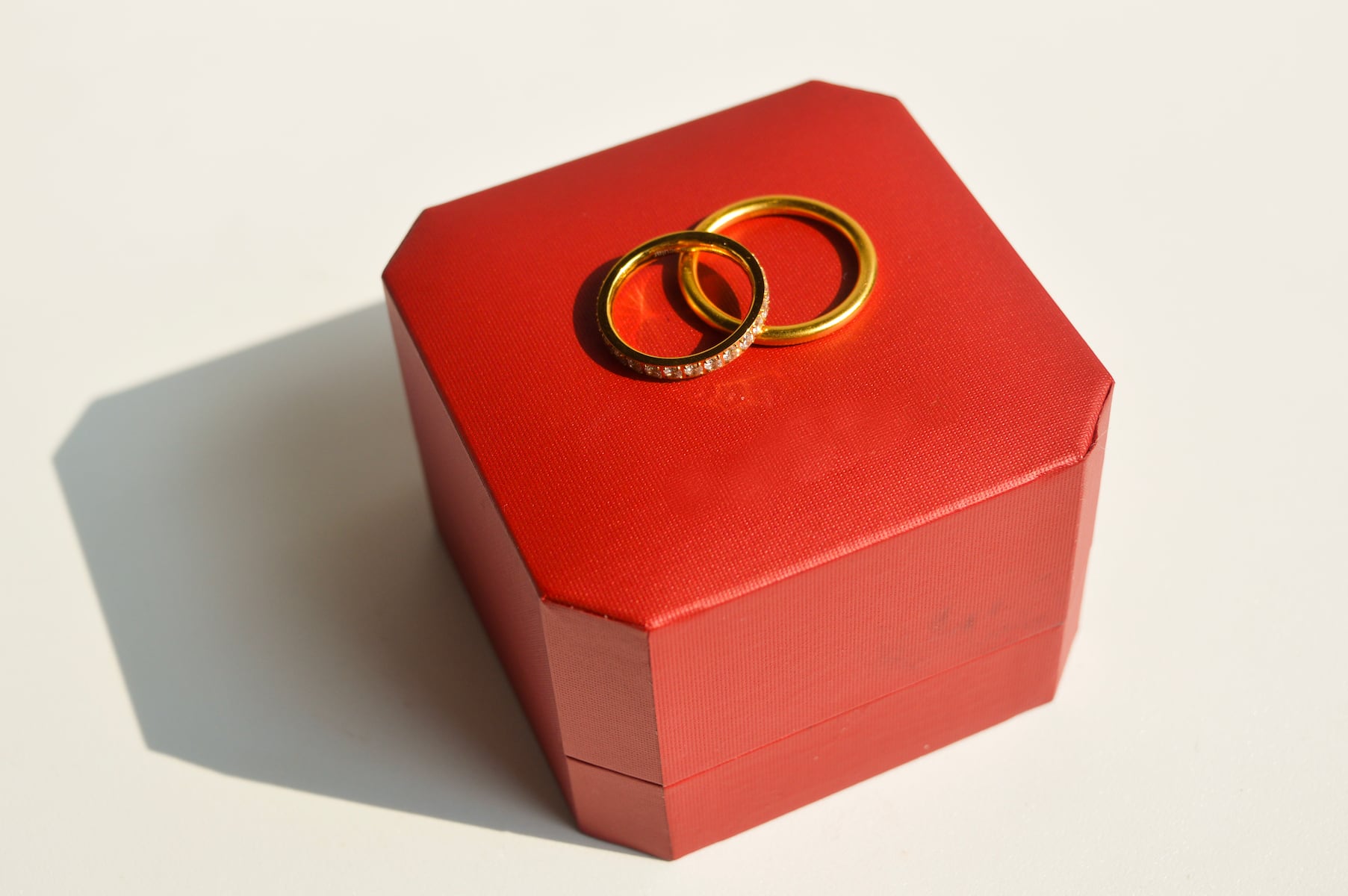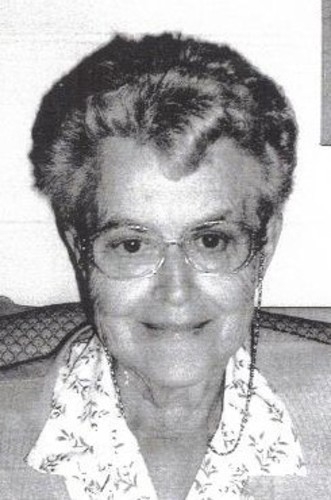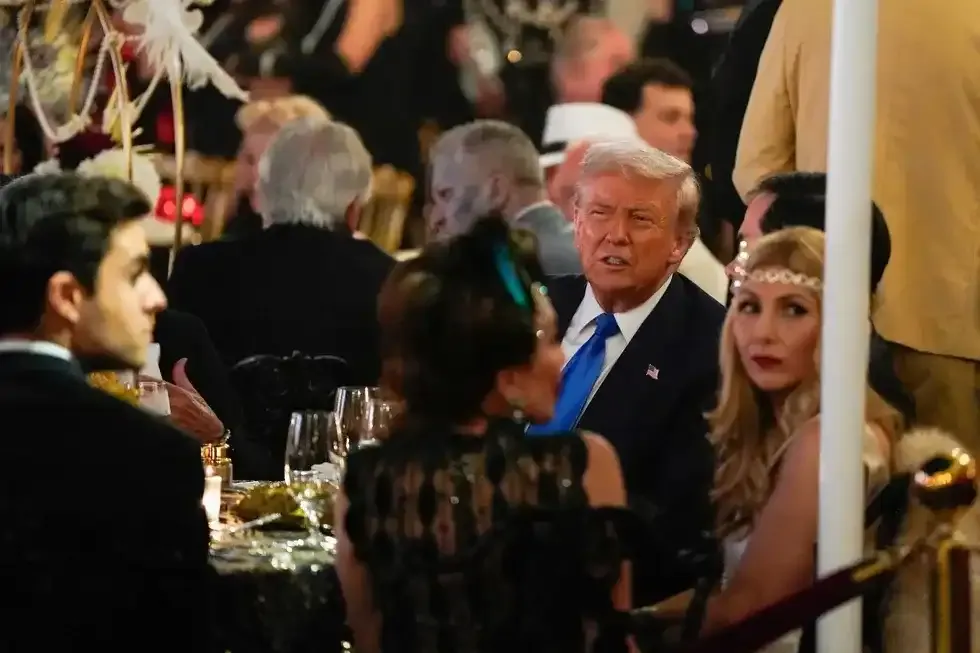A heartfelt dilemma has emerged as an 81-year-old widower contemplates selling the matching set of engraved wedding rings he once purchased for his late wife. This decision comes as he prepares to enter assisted living and faces financial challenges. The widow’s reflection raises significant questions about sentimentality, memory, and the practicalities of life in challenging circumstances.
The widower shares that he and his late wife were not particularly invested in the tradition of wedding rings when they first married. However, about ten years ago, he decided to buy a set of engraved rings that held meaning for both. His wife wore her ring, while he did not, due to nerve reactions. Following her passing five years ago, the rings have remained unused and are now seen as a potential source of financial relief.
As the widower considers selling the rings, he notes that his daughter has already chosen a piece of her mother’s jewelry to keep, which does not include the rings in question. This detail adds another layer to his emotional struggle: the balance between honoring his wife’s memory and addressing his current financial needs.
In response to his concerns, advice columnist Annie Lane emphasizes that selling the rings does not signify betrayal. Lane reassures the widower that the love shared with his wife transcends the physical objects they once cherished. She encourages him to view the act of selling as a practical step toward easing his financial burden rather than a disloyalty to his late wife.
According to Lane, “If selling them makes this next chapter of life easier, that’s an act of practicality, not betrayal.” She suggests that before parting with the rings, he should take a photograph to preserve the memory, allowing him to let go of any lingering guilt. “Your wife lives on in your memories, not in a jewelry box,” she adds, underscoring the importance of emotional connection over material possessions.
As financial pressures mount for many older adults, decisions like these highlight the complexities of balancing emotional attachments with practical needs. The story resonates with individuals facing similar crossroads, prompting discussions about how to navigate personal loss while also addressing the realities of life after loss.
The emotional weight of such decisions is significant. Many people grapple with the question of how to honor their loved ones while also taking care of their own needs. In this case, the widower’s situation serves as a reminder that financial stability can sometimes necessitate difficult choices.
As families navigate the aftermath of loss, the conversations surrounding heirlooms and keepsakes continue to evolve. Each decision, whether to keep or sell cherished items, reflects individual values and the unique stories that bind families together.
Ultimately, the widower’s journey serves as a poignant reflection on love, memory, and the practicalities of life after loss. As he steps into this new chapter, he can find solace in the knowledge that his love for his wife remains intact, regardless of the fate of the rings.







